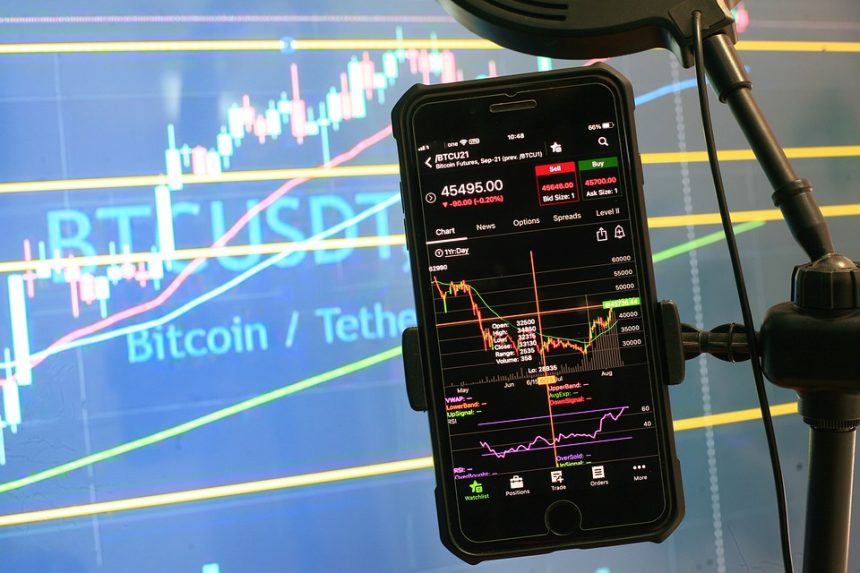In the rapidly evolving world of cryptocurrency, the terms "bull market" and "bear market" are frequently used to describe the prevailing sentiment in the marketplace. These sentiments significantly influence the valuations of crypto tokens, affecting everything from investor behavior to trading volumes and project developments. This article delves into the bull and bear market dynamics, examining how market sentiment impacts crypto token valuations and the implications for investors.
Understanding Market Sentiment
Market sentiment refers to the overall attitude of investors and traders toward a particular asset or the market as a whole. It can be characterized as either positive (bullish) or negative (bearish). In a bullish market, optimism prevails, with investors expecting prices to rise, leading to increased buying activity. Conversely, a bearish market reflects pessimism, with investors anticipating declining prices, resulting in heightened selling pressure.
Factors Influencing Market Sentiment
-
News and Media:
- Cryptocurrencies are heavily influenced by news cycles. Positive reports, unforeseen investments, or updates about regulatory changes can create bullish sentiments. Conversely, negative press such as security breaches, regulatory crackdowns, or market manipulation can trigger bearish sentiments.
-
Market Trends and Historical Data:
- Investors often look at historical trends and performance to gauge future movements. A prolonged period of price increases can foster a bullish outlook, while sustained losses can lead to a bearish perspective.
-
Social Media and Community Dynamics:
- Platforms like Twitter, Reddit, and Telegram play pivotal roles in shaping market sentiment. Sentiment analysis from these platforms can provide insights into investor attitudes. Viral memes or a figurehead making a bullish statement can lead to rapid market movements.
-
Market Manipulation:
- The cryptocurrency space is not immune to market manipulation. Whale movements (large holders selling or accumulating tokens) can create significant shifts in price, inducing either bullish or bearish sentiment.
- Macro Economic Conditions:
- Broader economic conditions, such as inflation rates, governmental monetary policies, and global economic events, also affect crypto valuations. For instance, economic uncertainty might drive investors towards alternative stores of value like Bitcoin, fostering a bullish sentiment.
The Impact of Sentiment on Token Valuations
Market sentiment can lead to drastic fluctuations in token valuations. Here’s how it manifests:
1. Increased Volatility
Crypto markets are known for their volatility. Bull markets can lead to exponential price increases, often driven by FOMO (fear of missing out) among investors. This can create price bubbles that eventually burst. Conversely, bearish markets can result in panic selling, causing steep drops in prices.
2. Speculative Trading
In a bullish environment, speculative trading becomes rampant as investors try to capitalize on upward price momentum. The fear of missing out can lead to irrational buying, divorced from the underlying utility or fundamentals of the tokens. During bearish periods, the trend reverses, with traders exiting positions to minimize losses, often at the expense of their portfolio’s long-term potential.
3. Impact on Project Funding
Sentiment also influences the ability of projects to secure funding. In a bull market, investors are more willing to back new projects, resulting in higher valuations during initial coin offerings (ICOs) and token sales. Conversely, in bearish conditions, fundraising becomes trickier, and many promising projects may struggle for survival due to a lack of financial resources.
4. Development and Innovation
A positive sentiment can lead to increased investment in innovation and development within the crypto space. As project valuations rise, teams can hire talent, enhance their technology, and expand their markets. In contrast, during a bearish market, teams may be forced to scale back operations, potentially stifling innovation.
Navigating the Market: Strategies for Investors
Understanding market sentiment is critical for navigating the high-risk terrain of cryptocurrency investments. Here are some strategies for investors:
-
Stay Informed: Keeping up with news, technical analysis, and market trends can help in predicting shifts in sentiment. Utilizing tools that aggregate market sentiment data can provide an edge.
-
Diversification: Building a diversified portfolio can mitigate losses during bearish trends and allow investors to capitalize on emerging opportunities during bullish phases.
-
Risk Management: Setting clear entry and exit points, along with stop-loss orders, can help manage risk in a volatile market.
- Long-term Perspective: Adopting a long-term view, irrespective of short-term market sentiments, can provide a more stable investment strategy. Understanding the fundamentals of blockchain projects minimizes knee-jerk reactions to market movements.
Conclusion
Market sentiment plays an undeniable role in shaping the valuations of crypto tokens, often leading to significant fluctuations based on investor psychology. Understanding the ebbs and flows of market sentiment, alongside objective assessments of projects, is essential for successful investment in the crypto space. As the market continues to mature, equipping oneself with the right strategies and insights can aid in navigating the uncertain waters of bulls and bears in cryptocurrency.





